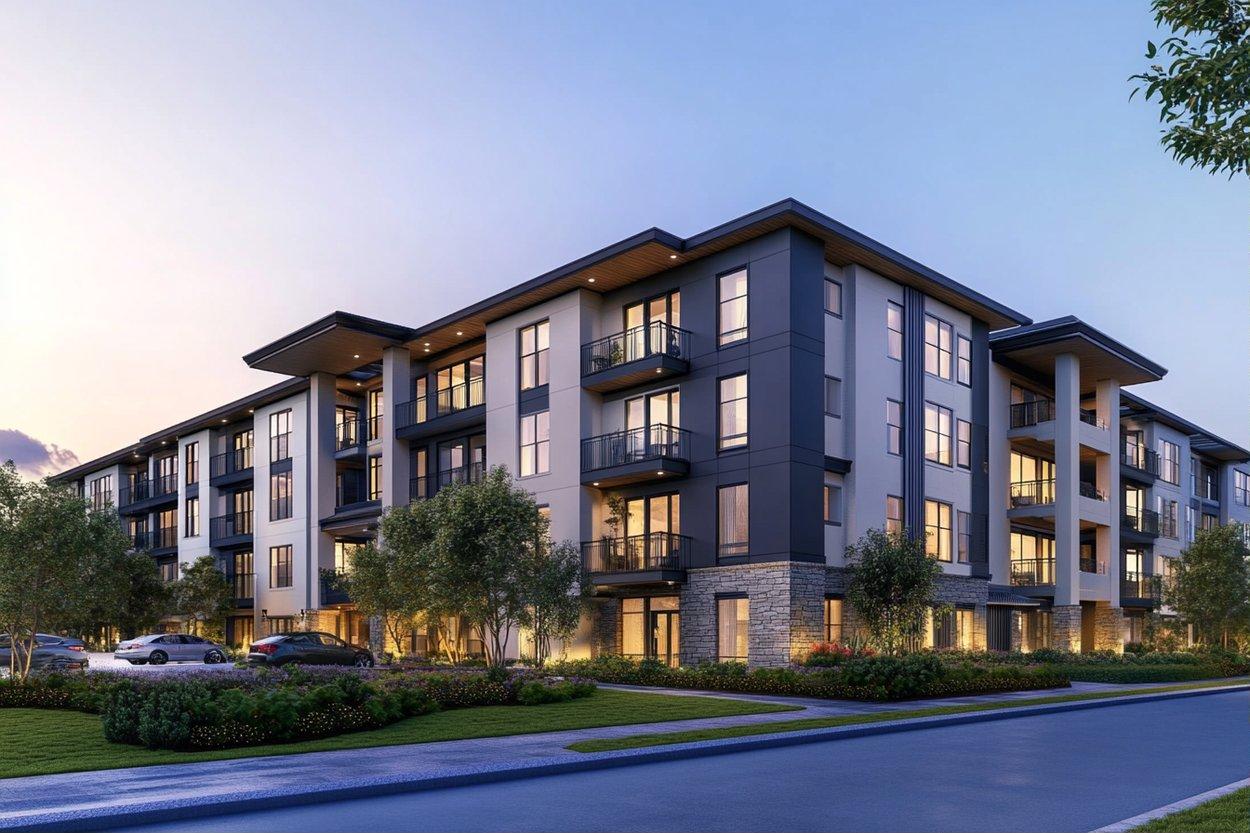Identifying HVAC performance issues during viewings: temperature, airflow and maintenance logs
When inspecting apartments, HVAC performance is a key practical concern for comfort and operational costs. During viewings, prospective tenants and buyers should pay attention to temperature consistency, visible airflow, and any available maintenance logs to spot issues early and support informed leasing or relocation decisions.

When viewing an apartment in Dubai or elsewhere, HVAC issues can be subtle but have long-term consequences for comfort, bills, and building maintenance. Look for uneven temperatures between rooms, unusual noises from vents or condensers, and signs of intermittent operation. Ask for maintenance logs and recent service records, since routine servicing reduces failures. Note visible dust build-up, corrosion, or water stains around units and ducting, as these can indicate poor metering, drainage or filter attention and may influence servicecharges and utilities over time.
How do leases affect HVAC responsibilities?
Lease terms often define who is responsible for HVAC repairs and routine maintenance. Review lease clauses that mention servicecharges, utilities, and landlord versus tenant obligations. Some leases specify that major HVAC servicing is the landlord’s duty while small filter changes fall to tenants. If the apartment is in a building with central systems, the lease or building rules may explain shared costs for metering and communal equipment. Clarity in documentation helps avoid disputes during relocation or when calculating ongoing running costs.
What to check in servicecharges and metering?
Servicecharges can include regular HVAC maintenance for communal systems, replacement of shared components, and electricity for common-area HVAC. Ask the agent or property manager to show recent invoices or metering statements. Metering information helps determine whether the unit is billed separately for cooling (e.g., split meters or submeters) or if costs are pooled across residents. Verify that past servicecharges align with advertised amenity provision and that any unexpected spikes in prior bills are explained in maintenance logs or documentation.
How to assess utilities, airflow and temperature?
During a viewing, use your senses and a basic checklist: feel for consistent temperature across rooms, check vents for steady airflow, and listen for irregular compressor cycles. Rooms closest to external walls and windows can reveal insulation and HVAC sizing issues when colder or warmer than interior spaces. If possible, request to see the HVAC system running so you can note startup behavior and whether airflow is weak or noisy. Weak airflow may indicate clogged filters, duct leaks, or fan issues that impact utilities and comfort.
How should hvac maintenance logs be reviewed?
Maintenance logs are one of the best objective measures of HVAC health. Look for regular entries on filter changes, refrigerant levels, coil cleanings, and condenser servicing. Pay attention to repeated repairs of the same component—this can signal recurring faults rather than one-off fixes. Confirm dates and signatures or contractor details in the documentation to verify authenticity. If no logs exist, that absence is itself information: it may increase the likelihood of unexpected repairs after you move in and affect relocation planning and budgets.
What documentation supports relocation, parking and storage concerns?
A thorough viewing should capture more than HVAC specifics. Request documentation that covers evacuation procedures, parking allocations, storage provisions, and connectivity of utilities. Building evacuation guidelines sometimes reference HVAC behavior during emergencies, such as how ventilation systems operate during smoke events. Parking and storage notes clarify available space for large HVAC equipment access or replacement needs. These documents help determine whether amenity arrangements affect long-term maintenance responsibilities.
How do connectivity, amenities and evacuation relate to HVAC?
Connectivity of building systems—such as centralized building management, remote monitoring, or smart thermostats—can influence how quickly HVAC issues are detected and resolved. Amenities like a gym or pool place extra load on communal HVAC and should be reflected in servicecharges and metering arrangements. Evacuation and safety plans may describe how ventilation is controlled during emergencies, so confirm these procedures in the building’s documentation. Knowing how these systems interact supports realistic expectations about ongoing costs and reliability.
Conclusion A careful HVAC inspection during viewings helps uncover potential temperature inconsistencies, airflow problems, and gaps in maintenance history that affect comfort and operating costs. Combining sensory checks with a review of leases, servicecharges, metering details and maintenance logs provides a clearer picture of responsibility and likely future expenses. Collecting and preserving documentation during the decision process supports informed choices about leasing, relocation, and long-term tenancy.






